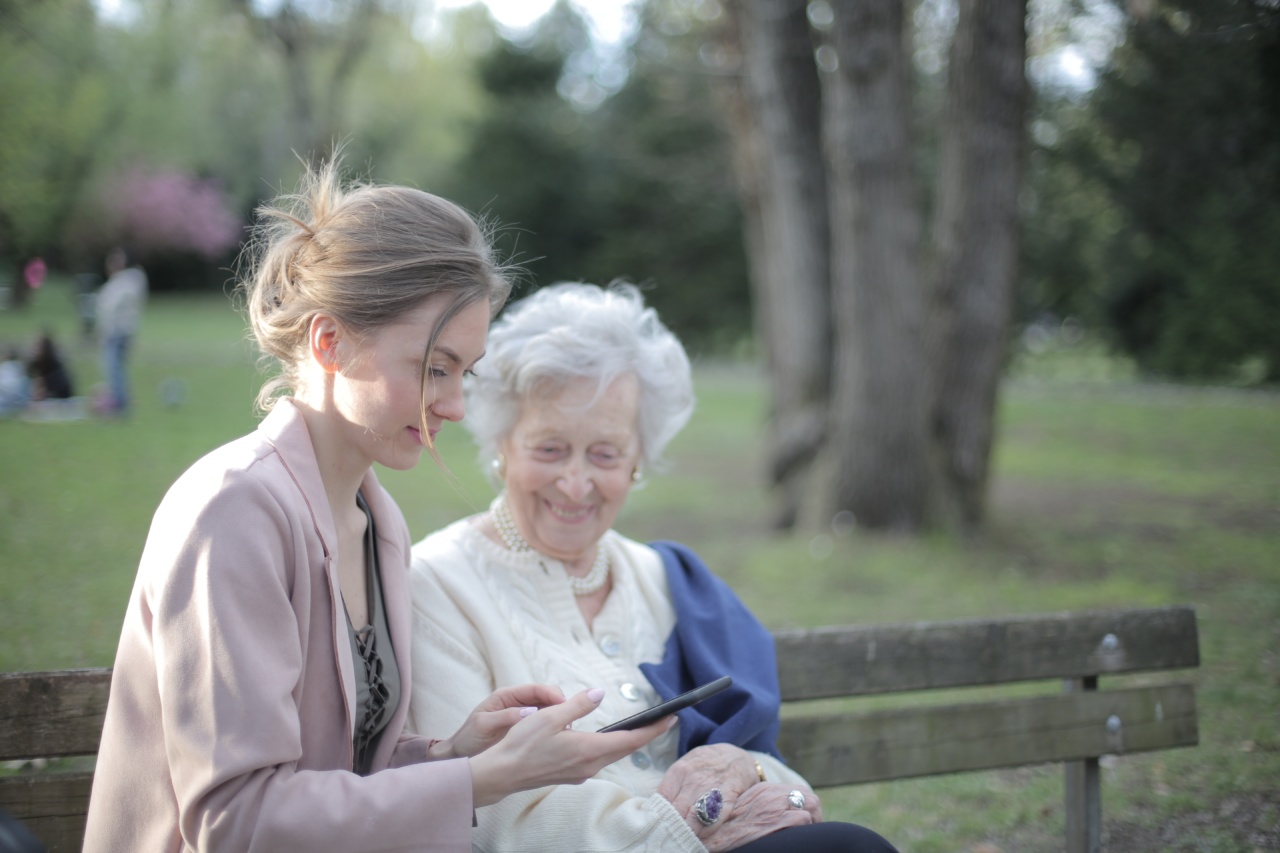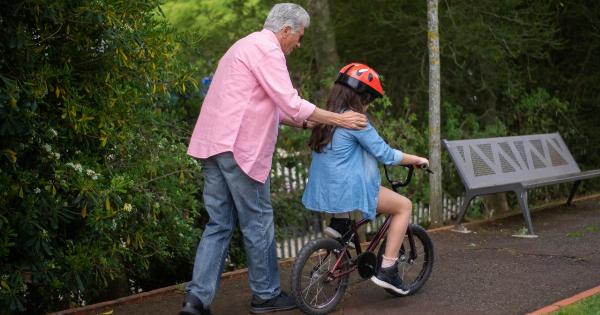As families grow and evolve, it is not uncommon for multiple generations to live together or spend significant amounts of time with one another.
While this can have numerous benefits, such as building strong relationships and fostering a sense of community, it also comes with its own set of challenges. One of these challenges is when elderly relatives inadvertently put children at risk due to their physical limitations, cognitive decline, or lack of awareness regarding modern child safety practices.
Understanding the Risks
In many cases, elderly relatives pose no intentional harm to children. However, their limited mobility, decreased reaction time, or impaired judgment can inadvertently lead to dangerous situations.
For example, an elderly grandparent may accidentally leave medications within a child’s reach, not realizing the potential harm they pose. Or a great-grandparent with vision problems may not notice if a child wanders off unsupervised while they are distracted.
It is important to remember that these risks are unintended, and the elderly individuals involved may not even be aware of the dangers they unknowingly expose children to.
Recognizing these challenges is the first step in finding solutions that prioritize both the safety of the child and the care and respect for the elderly relative.
Open Communication
Effective communication is crucial when dealing with situations where elderly relatives may unintentionally put children at risk.
Having open and honest conversations allows family members to address concerns, share information, and come up with practical solutions together.
Start by discussing the specific risks that exist. Share observations and experiences without placing blame or making the elderly relative feel inadequate.
Frame the conversation around the goal of ensuring the child’s safety while acknowledging the elderly relative’s good intentions.
Collaboratively brainstorm solutions that take into account the unique needs and limitations of the elderly individual.
For instance, if an elderly relative struggles with forgetfulness, consider setting up reminders or organizing medications in a way that reduces the risk of accidental exposure. If mobility is a concern, modify the environment to make it more accessible and child-safe.
Modifying the Environment
Creating a safe environment is crucial in mitigating unintentional risks posed by elderly relatives. By adapting the physical surroundings, the potential for accidents can be significantly reduced.
Install safety gates at the top and bottom of staircases to prevent falls or supervise the child closely when they are around stairs.
Secure heavy furniture items to prevent tipping hazards, keeping in mind that children might grab onto these objects for support. Ensure that all electrical outlets are childproof and that cords and wires are tucked away or covered to prevent tripping hazards.
In the kitchen, store harmful substances such as cleaning supplies, medicines, or sharp objects in hard-to-reach cabinets or use childproof locks. Consider investing in appliances with safety features, like automatic shut-off mechanisms.
In the bathroom, install grab bars, non-slip mats, and raised toilet seats to reduce the risk of falls. Use faucet covers to prevent scalding from hot water and never leave a child unattended near water sources.
Adapting the environment should be done in collaboration with the elderly relative, considering their needs and preferences. Maintaining their dignity and independence while ensuring the safety of the child is key.
Supervision and Vigilance
While modifying the environment helps in minimizing risks, close supervision and vigilance remain essential. Assign an adult or responsible caregiver who can keep an eye on the child when they are with their elderly relative.
This person should be capable of addressing any immediate safety concerns and providing support when needed.
Establish clear guidelines for the level of supervision required based on the child’s age and the elderly relative’s abilities.
For instance, if the child is very young and the elderly relative has severe cognitive decline, continuous one-on-one supervision may be necessary. On the other hand, if the child is older and the relative is physically fit but has limited mobility, periodic check-ins may be sufficient.
Regular communication between the designated supervisor and the elderly relative is crucial to ensure everyone is on the same page and any concerns or changes in circumstances are addressed promptly.
Education and Support
Providing education and support to both the elderly relative and the child can greatly contribute to minimizing unintentional risk factors.
For the elderly relative, offering resources or arranging informational sessions about modern child safety practices can help bridge any knowledge gaps.
Professionals specializing in geriatric care or social workers can provide guidance and answer any questions they may have. If possible, consider involving the elderly relative in activities that promote cognitive stimulation to help maintain their mental acuity.
For the child, age-appropriate education on personal safety can help empower them to identify potential risks and make safer choices. Teach them about potential hazards, such as chemicals, cleaning agents, or unfamiliar pets.
Encourage open communication with a trusted adult and ensure they know who to approach in case of an emergency or when they feel uncomfortable.
Knowing that both the elderly relative and the child are equipped with the necessary knowledge and support can provide peace of mind for everyone involved.
Seeking Professional Help if Necessary
In certain cases, the risks associated with an elderly relative’s limitations may outweigh the benefits of them interacting with the child.
It can be a difficult decision to make, but the safety and well-being of the child should always be paramount.
If the risks are significant and cannot be effectively managed through modifications, supervision, or education, it may be necessary to limit the interaction between the elderly relative and the child.
In such situations, seeking professional guidance, such as consulting a geriatric specialist or a family therapist, can provide valuable insights and support in making the best decision for all parties involved.
Emphasizing Empathy and Understanding
When addressing situations where elderly relatives unintentionally put children at risk, it is crucial to approach the matter with empathy and understanding.
Remembering that the elderly relative’s intentions are typically good and that the child’s safety is the primary concern helps foster a supportive and solution-oriented approach.
Through effective communication, modifications of the environment, close supervision, education, and seeking professional help if needed, families can navigate these challenging dynamics while prioritizing the well-being of all individuals involved.





























